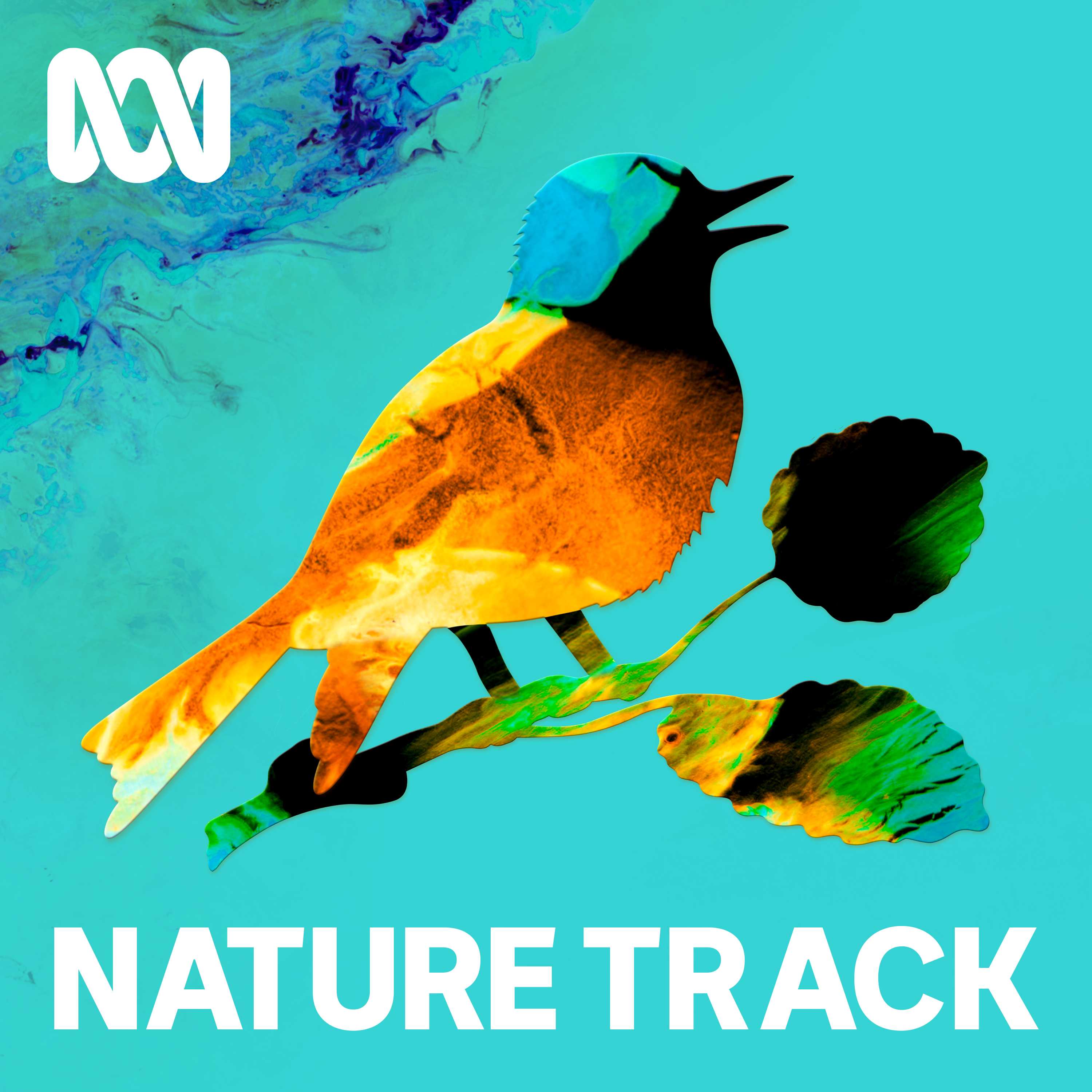Spectacular morning birdsong, forest sounds
Description
No music, no voices, just the sound of the forest waking up. This recording was made while traveling through Whadjuk Nyoongar land, WA. The birds differ between east and west Australia. That huge swathe of arid country in between has meant that birds have evolved into different sub-species, species and variants.
Listening notes from Ann Jones:
00:00:00 Normally I would cut out my footsteps walking away from the microphone, but this audio is too beautiful. You can hear carolling magpies, as well as black cockatoos. These are either Baudin’s or Carnaby’s or both. They sometimes do hang out together. Both are endangered species.
00:04:05 An Australian ringneck parrot. This is about the size of a rosella and with a wonderful green body, a black head and a yellow neck around the nape of its head.
00:04:20 A pee-wee or mudlark calling here. They vary slightly across the continent.
00:14:50 Ringnecks are sometimes called twenty-eights in WA because that is sort of what their call sounds like – ‘twenty-eight’.
00:21:44 Here there is a very, very high-pitched tinkling of a grey fantail, along with a magpie, an Australian raven and (we think) a grey shrike-thrush. Thanks to Tegan Douglas form Birdlife Australia who helped me with these sounds!
00:24:40 If you’ve got a particularly good sound system, you might be able to pick up the rhythmic moan of the bronzewing pigeon.
00:26:39 The Australian raven is calling in the background here. It’s a big black bird with a funny beard that pops out, making its neck look really chunky.
00:28:20 Here comes a grey currawong with its chiming call echoing through the bushland. These are handsome, large birds. Maybe something that looks halfway between a magpie and a raven. Grey currawongs are mostly grey in different hues, but with white tips on the wings and tail. They walk and hop on the ground to forage for insects but are strong fliers and happily scale trees, ripping off bark to look for insects and raiding fruit trees.
00:43:00 Western gerygone (pronounced jerr-i-go-nee) is a sweet little hazel eyed greyish bird with an adorable little tail and a sweet little two note, three syllable call. They spend their lives inside bushes and within the branches of trees, frustrating bird watchers. They occasionally flutter out to catch an insect on the wind. They build a nest that hangs off a twig and is wrapped in spiders’ web.
00:44:14 Probably a yellow-plumed honeyeater making those whistling calls with a red wattlebird making ‘chucks’, along with Australian raven moans and common bronzewing droning on in the background.
Thanks to Adrian Boyle, Tegan Douglas, Erika Roper and Nigel Jackett for helping ID some of the sounds. I had no hope.
More Episodes
In 1977, we sent a Golden Record of the sounds of Earth into space with NASA's Voyager probes.
This 'cosmic' calling card inspired the program team to make this - a golden record of Australian sounds.
It varies from Nature Track - there are human made sounds and there are human voices, these...
Published 08/14/23
Published 08/14/23
No music. No voices. Just the sound of a creek bed in outback Australia.
In the Murchison district in Western Australia you're surrounded by low lying ranges where rocks have been found that are 4.4 billion years old — they're almost as ancient as the planet itself.
Among the crests and dips of...
Published 09/20/22


